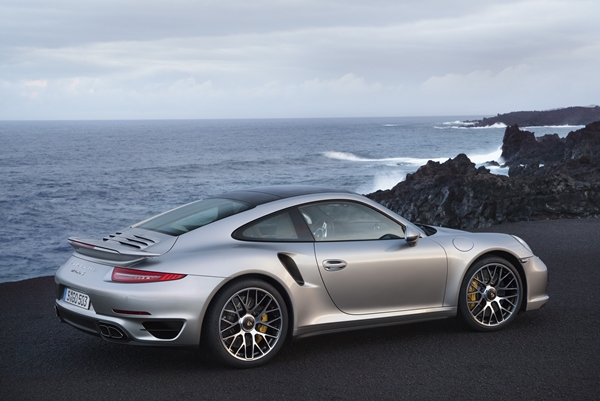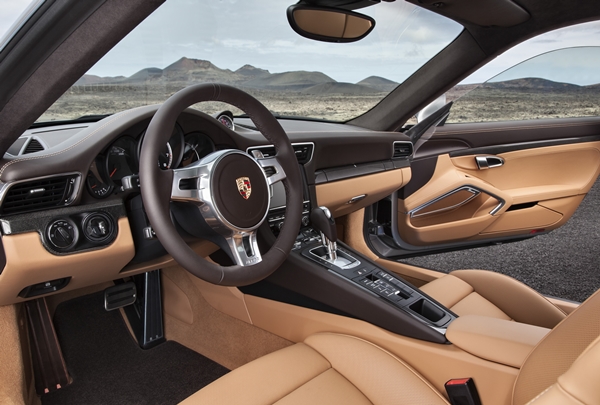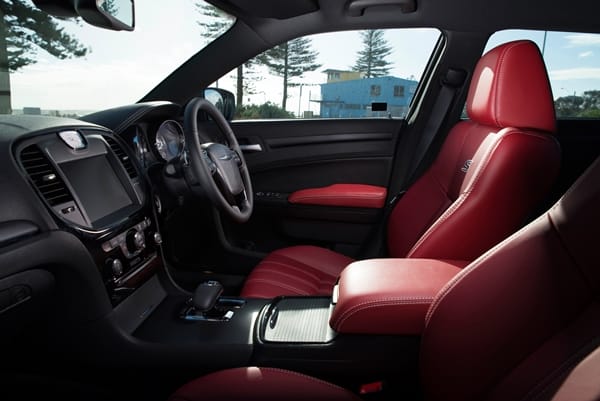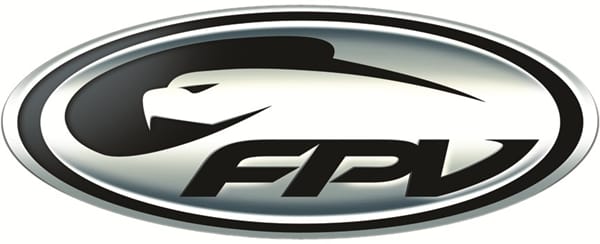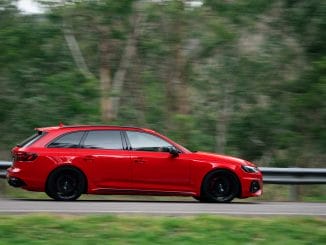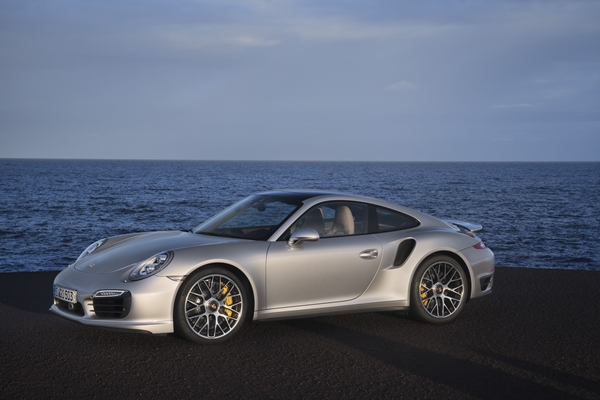
The Porsche model offensive in the anniversary year of the 911 is reaching new heights. 50 years ago, the 911 made its debut at the Frankfurt International Auto Show. And just ten years later, the first 911 Turbo prototype was at the IAA. On this 40th anniversary Porsche is now presenting the new generation 911 Turbo and Turbo S – the technological and dynamic performance peak of the 911 series. New all-wheel drive, active rear axle steering, adaptive aerodynamics, full-LED headlights and the up to 560 hp flat six-cylinder engine with bi-turbo charging underscore the role of the new generation 911 Turbo as a circuit racing car, everyday car and technology platform.
Playing an equally crucial role are the entirely new chassis in lightweight design with a 100 mm longer wheelbase and larger 20-inch wheels. The PDCC active anti-roll system, which is being offered for the first time in 911 Turbo models, increases dynamic performance even more. This system is standard equipment in the 911 Turbo S, as is the Sport Chrono Package with dynamic engine mounts and PCCB ceramic brakes; all of these features are also available as options in the 911 Turbo. The results: The new 911 Turbo S shortens the lap time for the North Loop of the Nürburgring to well under 7:30 minutes – naturally with standard production tyres. The standard sound symposer intensifies the driving experience; it transmits induction sounds of the turbo engine to the passenger compartment via a speaker diaphragm.
More power, fuel economy improved by 16 per cent
The performance partners in the powertrain area are the further advanced engines and the new PTM all-wheel drive system. The turbocharged 3.8-litre six-cylinder engine with direct petrol injection produces 520 hp (383 kW) in the 911 Turbo and 560 hp (412 kW) in the S model. Porsche continues to be the only carmaker to offer two turbochargers with variable turbine geometry for a petrol engine. Power is transferred to the drivetrain via the seven-speed dual clutch transmission (PDK), which now enables an auto start/stop function with engine shutoff that now activates earlier during coasting to a stop as well as a coasting function. Together with the new thermal management system for the turbo engine and the PDK transmission, fuel efficiency technologies have reduced NEDC fuel consumption by up to 16 per cent to 9.7 l/100 km; these figures apply to both models.
New all-wheel drive with electro-hydraulic control
For an even faster and more precise power distribution to the two axles, Porsche developed a new all-wheel drive system (PTM) with electronically controlled and activated multi-plate coupling. The system is equipped with a new water cooling function, so that it can direct even more drive torque to the front wheels if necessary. Simultaneously, the optimised interplay of the engine, transmission and all-wheel drive systems takes the new top 911 to even better sprint capabilities. The 911 Turbo with the optional Sport Chrono Package accelerates from zero to 100 km/h in 3.2 seconds, which is even one-tenth better than the value of the previous 911 Turbo S. The new 911 Turbo S handles the standard sprint to 100 km/h in just 3.1 seconds. The car’s top speed is 318 km/h.
Widest body of all 911 cars
The two new top models display their performance visually more than ever. The characteristic, expansively wide rear body panels of the new generation 911 Turbo are 28 mm wider than on the 911 Carrera 4 models – they feature a nearly level surface, about the width of a hand, between the C-pillar and the outer edge of the car body. Other differentiating characteristics include two-tone forged 20-inch wheels – on the 911 Turbo S they have hub wheel locks. The Turbo S is also making its appearance with new full-LED headlights that feature four-point daytime running lights and dynamic, camera-based main beam control, which can be ordered as an option for the 911 Turbo.
Rear axle steering sustainably improves handling
The introduction of rear axle steering in all turbo models immensely improves both circuit racing and everyday performance of the two new top sports cars. The system consists of two electro-mechanical actuators instead of the conventional control arms on the left and right of the rear axle. The steering angle of the rear wheels can be varied by up to 2.8 degrees, depending on vehicle speed. At speeds up to 50 km/h, when the front wheels are turned the system steers the rear wheels in the opposite direction. This actually corresponds to a virtual shortening of the wheelbase by 250 mm, which gives the 911 Turbo unrivalled performance in bends. The system lets the car turn faster into the bend and offers more dynamic steering response. This noticeably simplifies manoeuvring and parking.
At speeds above 80 km/h, the system steers the rear wheels parallel to the turned front wheels. This is equivalent to a virtual lengthening of the wheelbase by a significant 500 mm and gives the sports car tremendous stability, especially at high speeds. At the same time, the steering input by the driver leads to significantly faster build-up of lateral force at the rear axle, which initiates the change in direction more spontaneous and harmoniously.
Active aerodynamics improve efficiency and performance
Porsche developed an active aerodynamic system on the new 911 Turbo models for the first time — Porsche active aerodynamics (PAA). It consists of a sturdy, retractable three-stage front spoiler, whose segments can be pneumatically extended, and a deployable rear wing with three adjustable wing positions. This makes it possible to tune the aerodynamics of the 911 Turbo to fulfil driver wishes for either optimal efficiency (speed position) or top dynamic performance. In the performance position, all segments of the front spoiler are fully extended, and they generate considerable downforce at the front axle. Similarly, the rear wing is extended to its maximum height with the greatest angle of attack. This also generates more downforce at the rear axle. Dynamic performance is improved to such an extent that lap times at the North Loop of the Nürburgring are improved by up to two seconds due to this system alone.
New interior with high-end features
The interior was completely redesigned in both 911 Turbo models, and it builds on the 911 Carrera family. The S model is particularly well equipped, offering such features as an exclusive interior in a black/carrera red colour combination and adaptive sport seats plus with 18-way adjustment and memory. In addition, the seat backrest shells are leather upholstered with double cap seams and various elements in carbon look. Like on the previous models, the Bose sound system is installed as standard; for the first time, a Burmester system is also available as an optional feature. A radar-controlled cruise control system, camera-based road sign recognition and speed limit recognition are other new options being offered.
The new top models of the 911 model series arrive on the market at the end of September 2013. In Germany, the 911 Turbo costs 162,055 euros; the new 911 Turbo S costs 195,256 euros, including VAT and country-specific features.

